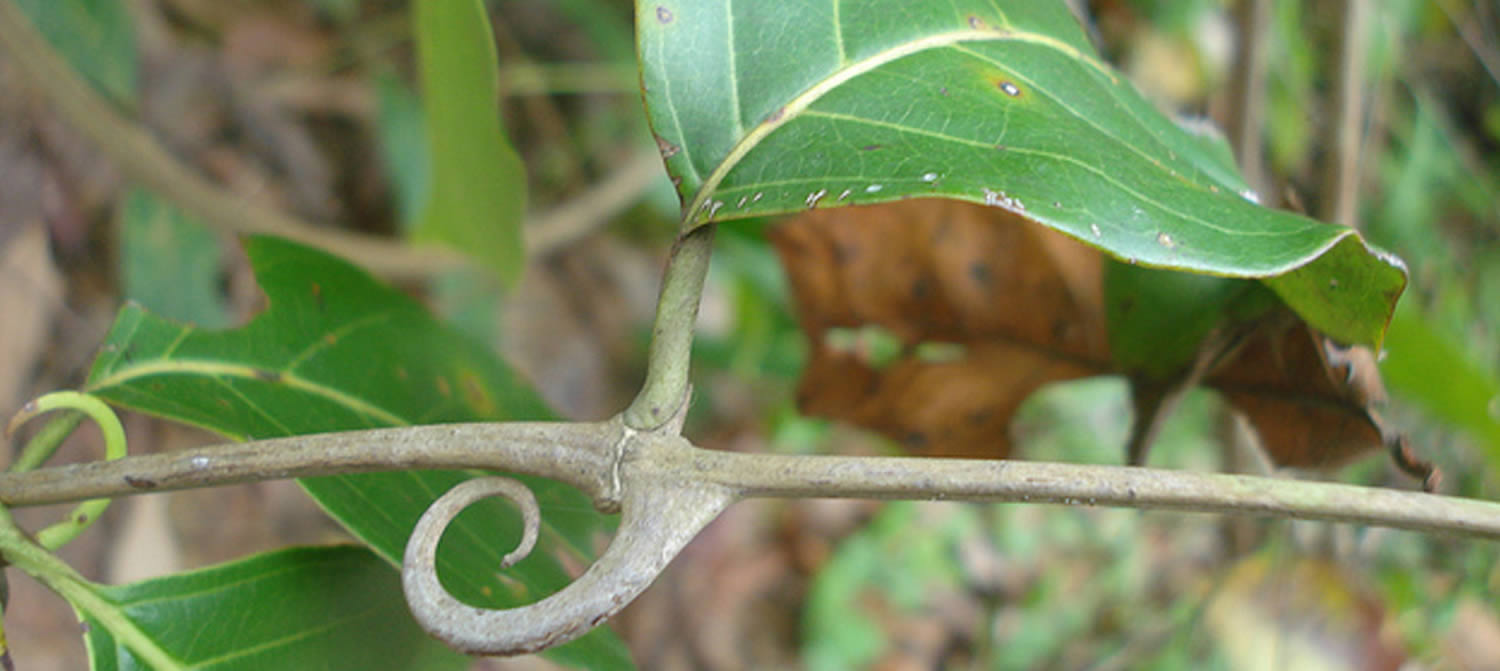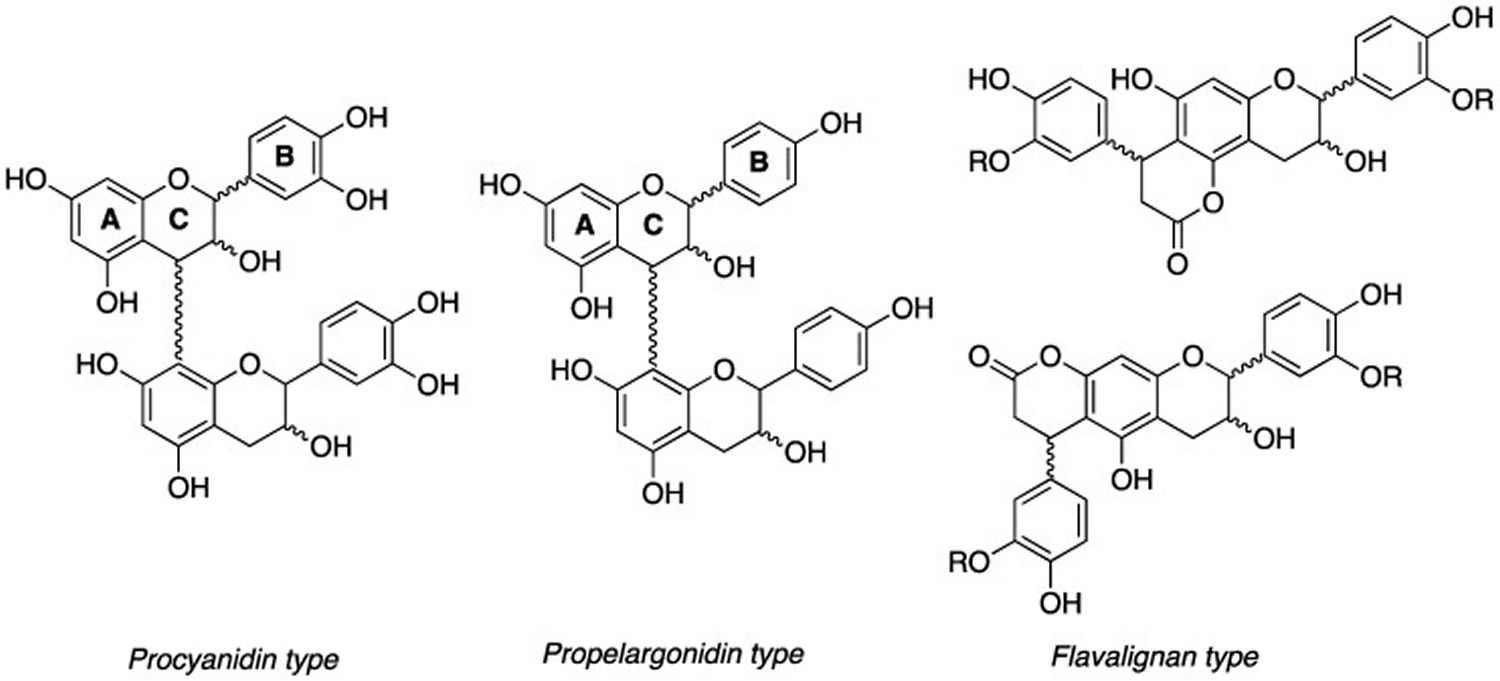What is cat’s claw
Cat’s claw is a woody creeper vine that grows wild in the Amazon rainforest and other tropical areas of Central and South America 1). Its thorns resemble a cat’s claws. Cat’s claw is naturally distributed in South America, mainly in Peru and Brazil as well as in Central America, and it is traditionally used as a medicinal plant. The two most common Cat’s claw species are Uncaria tomentosa and Uncaria guianensis that belong to Rubiaceae family. Most commercial preparations of Cat’s claw contain Uncaria tomentosa. Using cat’s claw for health dates back to the Inca civilization. Cat’s claw historical uses have included for contraception, inflammation, cancer, and viral infections, and to stimulate the immune system. Today, cat’s claw is used as a dietary supplement for a variety of health conditions including viral infections (such as herpes and HIV), Alzheimer’s disease, cancer, arthritis, rheumatism, asthma, diverticulitis, peptic ulcers, colitis, gastritis, hemorrhoids, parasites, cirrhosis, diabetes, hypertension, stroke and leaky bowel syndrome. The bark and root of cat’s claw are used to make liquid extracts, capsules, tablets, and tea. However, there have been very few high quality clinical trials (studies done in people) of cat’s claw. And there’s no conclusive scientific evidence based on studies in people that supports using cat’s claw for any health purpose. Recently as study using Cat’s claw (Uncaria tomentosa) as adjuvant treatment was carried out with 40 patients who had undergone complete breast cancer resection, which was histologically diagnosed as Invasive Ductal Carcinoma—Stage II 2). Adjuvant treatment is an additional cancer treatment given after the primary cancer treatment to lower the risk that the cancer will come back. Adjuvant therapy may include chemotherapy, radiation therapy, hormone therapy, targeted therapy, or biological therapy. The Cat’s claw (Uncaria tomentosa) dose used was 300 mg dry extract per day. The rsearch found that Cat’s claw is effective in the recovery from neutropenia induced by chemotherapy in women diagnosed with Invasive Ductal Carcinoma—Stage II. Cat’s claw (Uncaria tomentosa) enables the stimulation of the immune system, increasing resistance to diseases when the body is immunosuppressed due to stress, malnutrition, or due to the effect of some medication 3).
Few side effects such as gastrointestinal complaints (nausea, diarrhea, stomach discomfort), kidney effects, nervous system disorders, and an increased risk of bleeding with anticoagulant therapy have been reported for cat’s claw when taken in small amounts. Women who are pregnant or trying to become pregnant should avoid using cat’s claw because of its past use for preventing and aborting pregnancy.
Around 50 compounds have been isolated from Cat’s claw, from which approximately 35 chemical markers can be considered exclusive to this species, including triterpenes 4), alkaloids 5) and polyphenols 6). The special interest on Cat’s claw plant is due to the fact that numerous scientific studies report a wide variety of biological activities 7), such as immunomodulatory properties 8), as well as their antioxidant, anti-inflammatory and cardiovascular effects and protective properties against cancer, among others 9).
Although originally attributed to alkaloids, recent studies suggest that the health effects derived from Cat’s claw could be attributed to a synergistic interaction among different chemical compounds present in this plant 10). Of particular interest are polyphenols, for which there is strong evidence of having multiple molecular targets, modulating pro-inflammatory gene expression, interacting with phospholipid membranes 11) and modulating pathways related to chronic inflammation and energy metabolism 12).
When considering subclasses of polyphenols, Cat’s claw barks show variable contents, with procyanidin dimers as the most abundant group in Los Chiles (7971.4 µg/g of extract) aqueous extract, followed by Sarapiqui (6085.3–6464.1 µg/g of extract) in ethanolic and aqueous extracts, respectively. In contrast, extracts from Cat’s claw leaves showed a more uniform subclass distribution, for instance, all extracts are particularly rich in propelargonidin dimers (7904.3–14,390.8 µg/g of extract), followed by procyanidin dimers (3593.1–9988.8 µg/g of extract) and flavalignans-cinchonains (1074.6–7058.0 µg/g of extract).
In summary, this study 13) shows that independently of the Cat’s claw plant origin, leaves extracts exhibit high contents of phenolic compounds and more importantly high contents of proanthocyanidins derivatives, mainly propelargonidin dimers and procyanidin dimers. These compounds are linked to diverse bioactivities, for instance due to their antioxidant capacity, as shown in reports for commercial dietary products from grape 14) and cocoa 15), which suggest these Cat’s claw (Uncaria tomentosa) extracts’ potential for further studies.
Table 1. Phenolic composition of aqueous extracts from Cat’s claw (Uncaria tomentosa) bark and leaves
Abbreviations: AS =Asomat; LC = Los Chiles; PA = Palacios; SR = Sarapiquí; nd = not detected.
[Source 16)]Table 2. Phenolic composition of ethanolic extracts from Cat’s claw (Uncaria tomentosa) bark and leaves
Abbreviations: AS =Asomat; LC = Los Chiles; PA = Palacios; SR = Sarapiquí; nd = not detected.
[Source 17)]Figure 2. Cat’s claw bioactive compounds chemical structure
Regarding polyphenols, Cat’s claw studies are scarce and mainly focused on a particular subclass, for instance on hydroxycinnamic acids 18), flavonols 19), flavan-3-ols 20) and cinchonains 21). Recently, a detailed characterization of Cat’s claw leaves, bark, stem and wood has been reported indicating a high flavan-3-ol content, particularly in procyanidin dimers and trimers, propelargonidin dimers and cinchonain-type flavalignans 22) in leaves and bark. Also, assessment of biological activities of Cat’s claw proanthocyanidins showed evidence on the relationship between proanthocyanidin contents and antioxidant capacity, antimicrobial effect against Staphylococcus aureus, Enterococcus faecalis and Pseudomonas aeruginosa respiratory pathogens 23), and in vitro cytotoxicity, with high selectivity for AGS gastric and SW620 colon adenocarcinoma cell lines, mainly attributed to the content of propelargonidin dimers 24).
These promising results about the bioactivity of Cat’s claw proanthocyanidin extracts and their potential health effects were subject of an industrial patent 25) and prompted the need to further explore the viability of elaborating polyphenolic extracts form Cat’s claw using food-grade solvents (i.e., aqueous or ethanolic extracts) with potential use as dietary supplements.
Previous studies carried out with Cat’s claw aqueous and ethanolic extracts indicated antioxidant activity in vitro 26) and other biological activities such as important effects on mono- nuclear blood cells 27) with 95% ethanol extracts; however, detailed characterization of the extracts was not performed.
The efficacy and safety of this plant in improving osteoarthritis of the knee have been tested on 45 patients who have been divided into 2 groups (placebo and active); the active group has demonstrated some degrees of remission after 4 weeks by inhibiting TNF-α and diminishing PGE2 production 28). In a 24-week double-blind placebo-controlled trial which has been performed for evaluating the effect of high purified extract of Cat’s claw in rheumatoid arthritis patients, Cat’s claw extract has been administered along with Sulfasalazine or Hydroxy chloroquine; modest benefit of Cat’s claw herb in alleviating pain, swelling, and tenderness of joint has been shown in the treatment group in comparison with the placebo group 29). There is a report of Cat’s claw causing remarkable remission in enteritis in rats which has been observed 30). Edible extract of Cat’s claw has had protective action against respiratory inflammation in mice 31). Pivotal mechanism of Cat’s claw is inhibition of iNOS and NF-κB expression that in turn have downregulated TNF-α, IL-1α, 1β, 10 and 17 successively. Also, little inactivation effect on COX-1 and COX-2 has been expressed through an in vivo study 32). Cat’s claw plant’s bark has demonstrated anti-inflammatory action exactly the same as dexamethasone in an animal model, while it has attenuated about 40% of IL-4 while dexamethasone has not 33).
Figure 1. Cat’s claw
Cat’s claw benefits
Apart from numerous laboratory test tube and animals studies to test hypotheses, currently there is no clinical study data to support Cat’s claw use for any condition. Suggested anti-inflammatory, anticancer, and immune system stimulant properties are largely based on in vitro and limited animal studies.
Cat’s claw dosage
Clinical trials are generally lacking to support appropriate dosages. One gram of root bark given 2 to 3 times daily is a typical dose, while 20 to 30 mg of a root bark extract has been recommended.
Cat’s claw side effects
Currently no clinical study data to comment of cat’s claw side effects and long term safety. There are reports of side effects such as gastrointestinal complaints (nausea, diarrhea, stomach discomfort), kidney effects, nervous system disorders, and an increased risk of bleeding with anticoagulant therapy are possible for cat’s claw when taken in small amounts. Women who are pregnant or trying to become pregnant should avoid using cat’s claw because of its past use for preventing and aborting pregnancy. Information regarding safety and efficacy during pregnancy and lactation is lacking.
Cat’s claw products should be avoided before and after surgery, as well as by those using immunosuppressant therapy and in children due to lack of safety data.
Case reports are generally lacking; however, there is a reported interaction with HIV protease inhibitors.
References [ + ]






